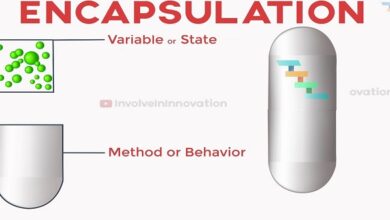
Now you are ready to start the actual planning process, and this involves assembling your information, working out the most logical way of presenting it and deciding how you are going to express it.
Assembling your information
Do collect all the information you need before you write your document, go to your meeting or make your telephone call. If you are answering a complaint or enquiry, do you have the answers to all the points raised? If you are writing a report, have you considered all the arguments before reaching your conclusion? If you are making an enquiry, do you know exactly what you are trying to find out? You must make your purpose in writing or speaking quite clear, and if there is likely to be any confusion, it is best to communicate in writing; as we have seen, a conversation can be misunderstood.
When you have all the information you need, you can start marshalling your arguments and the points you want to make. You must present what you want to say in a logical, coherent way, otherwise you will either lose your audience through boredom or misunderstanding, or not make your point effectively. There are two ways of making a convincing point, both equally valid
By deduction
This involves reasoning from one statement to another to reach a conclusion – deducing the answer. For example, an employee of a furniture manufacturer might want to make a case for changing their timber supplier. Their report outlining the reasons might include the following:
Whenever our machines are left idle, we lose money. Continuity of production is vital to our business, and this depends on a guaranteed supply of raw materials. Our present supplier is unable to guarantee supplies of the woods we need, and has let us down on several occasions. We therefore cannot guarantee continuity of production
By induction
This involves reasoning from your experience, or from your own investigation. Unlike a conclusion arrived at by deduction, one arrived at by induction cannot usually be proved beyond any doubt. But you should be able to show that:
– the conclusion is reasonable given the information at your disposal
– your knowledge or experience covers a wide area or sample
– the sample on which you are basing your conclusion is typical of the circumstances, people, areas, etc. of the whole group
Writing an outline of what you are going to say
There are three main ways of writing an outline. It does not matter which you use – you might even combine techniques. Try them out and see which suits you best. The three methods are:
Charting
Also called a spidergram, this used to be a fairly common method of writing an outline, but has become less popular recently, as it is not easy to do on a computer. It involves doing a rough diagram, with the main idea in the centre and ideas for sections or paragraphs coming off it. It is rather like brainstorming – one idea leads to another. Then you can order your points in a logical sequence, as suggested below.
Listing
This is perhaps the most popular method of outlining what you want to say. It simply involves making a list of the points you want to make, in no particular order. Do not try to combine two points on the same line – it only complicates the next stage. If you want to be sophisticated, you can use a different-coloured pen to write particularly important points, or you can use a highlighter. The main thing is to list anything you think might be relevant – you can always leave something out later if you decide it is not important enough, or does not fit in. Then you can order your points in a logical sequence simply by numbering them. Below is an example of a list outline for a letter giving a customer a quotation.
Making your points flow logically
It is very important that you sort your points into a logical order. Unless you present your arguments in such a way that your audience is led easily from one point to the next, you will not be communicating effectively.
Editing and making your draft
Now your document must be ‘polished’. You are unlikely to go through this process for any oral communication, otherwise it will sound as though you are reading from a script (which in a sense you will be doing), but for written documents it is essential.
Last word
He has cut out the explanation for the non-availability of Design 18. It is not really necessary for the customer to know why it has been withdrawn. The explanation as it stands could be interpreted as insulting – suggesting that the customer is out of touch with fashion.




